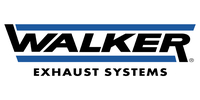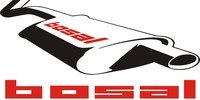

Exhaust
Automobiles have become increasingly complicated since they were first invented. Up until the introduction of many computerized and electronic components, it was fairly easy for an adventurous car owner to fix many of a car’s problems. Some of these changes were industry-driven, while other changes were dictated by outside forces. The development of better car emission systems, for example, was driven by Environmental Protection Agency regulations aimed at reducing the pollution generated by automobiles. However, all of these changes have had very little impact on the basic design of an automobile’s actual exhaust system.
An exhaust system is mainly composed of pipes that move the emissions from the car’s engine to the back of the car, where they are released through the tail pipe. However, some of these pipes perform additional roles. For example, a Y pipe can be used to either to combine exhaust from two openings in the exhaust manifold or to split emissions into two tailpipes. Balance pipes can equalize the exhaust on each side of the car. Pipes are put together with gaskets, to form an airtight seal.
The exhaust hanger or manifold collects all of the engine’s exhaust. The muffler silences the engine’s noise, which moves, along with the emissions, through the exhaust systems piping, and it must do so while still letting the exhaust escape out of the tailpipe.
The catalytic converter may be the most critical part of an exhaust system. Before exhaust reaches the catalytic converter, it is a mix of carbon monoxide, nitrogen oxide, and hydrocarbons. Metals inside the catalytic converter, which can be any combination of rhodium, palladium, and platinum, interact with those gases to render them safer. A faulty catalytic converter is not only bad for the environment, but can also result in failed emissions testing.
Joy Auto Parts of Green Brook, New Jersey and Joy Auto Parts of Chester, New Jersey, are your source for high-quality, affordable, and reliable exhaust components.



